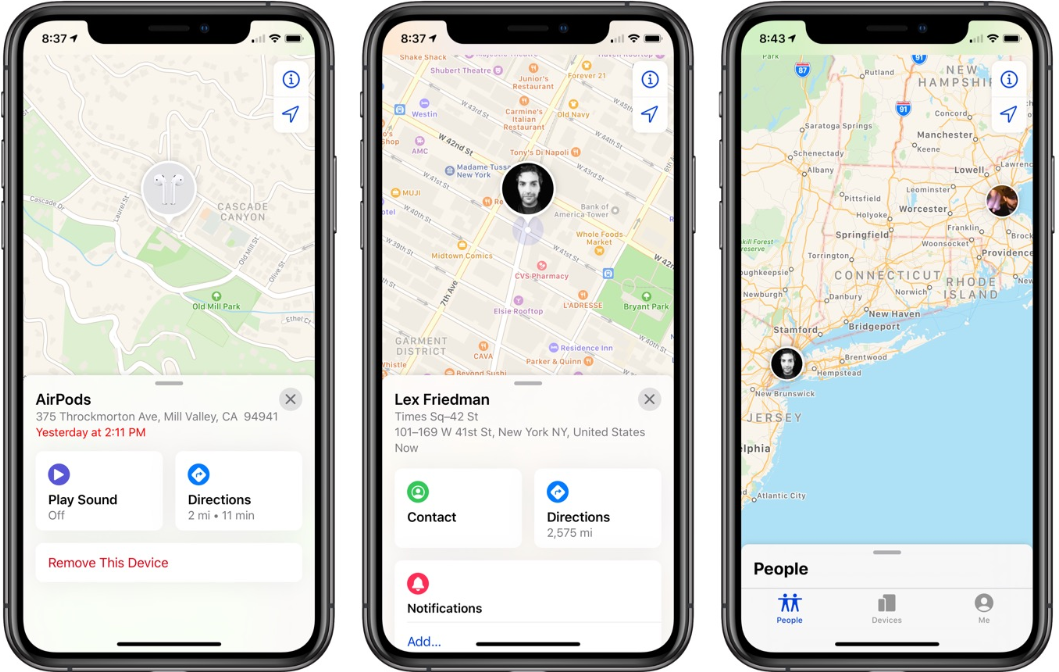Understanding Data Breaches: A Timeless Threat in a Digital World

What Is a Data Breach?
Credibly, a Data Breaches refers to unauthorized access to private digital information. This typically occurs when cybercriminals infiltrate a network or system to steal, leak, or misuse sensitive data bitdefender.com. It may involve:
- Malicious attacks, such as malware, phishing, or zero‑day exploits dnsstuff.com,
- Accidental leaks, like misconfigured cloud storage or misplaced devices bitdefender.com,
- Insider threats, when a trusted user intentionally or unintentionally shares data.
Perhaps most crucially, data breaches concern sensitive and private data—personal data, financial details, trade secrets, or medical records—that falls into unauthorized hands.
Anatomy of a Breach
Common patterns give structure to most breaches:
- Reconnaissance: Attackers seek vulnerabilities in systems or staff, probing email servers, applications, or cloud infrastructure en.wikipedia.org.
- Initial Compromise: The offender exploits an opening—via phishing, malware, or an unpatched system—to gain entry .
- Lateral Movement: Attackers escalate privileges and pivot through the network to valuable assets imperva.com.
- Exfiltration: Data is extracted—sometimes held for ransom or sold on darknet markets imperva.com.
The Verizon Data Breach Investigations Report affirms that financially motivated breaches account for approximately 76 % of these incidents axios.com.
Breach Types: Intentional vs. Accidental
Data breaches fall broadly into two categories:
1. Intentional Breaches
- Driven by cybercriminals, nation‑states, or insiders with malicious intent.
- Involve tactics like hacking, extortion, and espionage.
- Data is sold, weaponized, or used for targeting individuals or organizations dbcybertech.com.
2. Accidental Breaches
- Caused by human error or misconfiguration—public-facing cloud buckets, weak passwords, lost devices.
- Still expose personal and business data, incurring reputational and legal damage en.wikipedia.org.
High‑Profile Breaches
Several major breaches have shaped the landscape:
- National Public Data (October 2024): A data aggregator leaked 2.9 billion records, exposing personal details and Social Security numbers in the largest known breach of its kind en.wikipedia.org.
- Snowflake (2024): Approximately 100 enterprise clients suffered data supply chain compromise during a significant cloud breach .
- 23andMe (2023): A credential‑stuffing attack led to exposure of 6.9 million users’ DNA data. The company responded with stronger authentication and fines from UK/Canada regulators fortinet.com.
- MOVEit Hack (June 2023): Exploited a file-transfer vulnerability. Affected major organizations—BBC, government departments—impacting millions en.wikipedia.org.
Contemporary Breach Trends
Recent headlines include:
- 16 billion login credentials leaked: The largest credential leak ever, including Apple, Facebook, and Google accounts. Experts warn of increased phishing and credential stuffing attacks news.com.au.
- TxDOT breach: Over 400,000 crash records in Texas leaked. Vulnerability led to Texas cyber command being established expressnews.com.
- AT&T breach: 86 million customer records, including 44 million SSNs, exposed on cybercrime forums en.wikipedia.org.
- UBS supplier breach: Supplier Chain IQ compromised, affecting 130,000 employees’ records fnlondon.com.
- AI risk in finance: Regulators warn of AI‑related data exposure in financial institutions—90 % use AI, yet only 18 % have data protection policies fnlondon.com.
The Human Element: Why People Matter
Up to 88 % of breaches result from human error via phishing or misconfiguration tech.co. While technology is vital, effective training, communication, and incident‑response, along with employee buy‑in, are equally critical ft.com.
Preventing Breaches: Strategy & Tools
A multi‑layered prevention and response strategy includes:
1. Zero‑Trust Architecture & Least‑Privilege Access
Trust no user or device by default; restrict access only to required information lumenalta.com.
2. Multifactor Authentication (MFA)
Use MFA consistently. Adaptive and behavior‑based authentication further reduces risk by up to 70 % betanews.com.
3. Encryption & Data Minimization
Encrypt data at rest (AES‑256) and in transit (TLS 1.3). Retain only essential data—delete what is unnecessary .
4. Patch Management & Vulnerability Testing
Ensure timely updates. Employ vulnerability scans and routine pen‑testing .
5. Employee Training & Simulations
Schedule regular phishing drills, simulations, and security awareness sessions imperva.com.
6. Vendor Risk Management
Vet third‑party security carefully. Audit vendor certifications like SOC 2 or ISO 27001. Repeat risk assessments annually tekclarion.com.
7. Use Advanced Detection Tools
Deploy SIEM, XDR, CASB, EDR for real‑time threat monitoring—key to proactive detection feroot.com.
8. Incident Response & Tabletop Exercises
Craft a formal incident response plan. Test it twice yearly for clarity and speed tekclarion.com.
9. Backups & Recovery Strategy
Adhere to a 3‑2‑1 backup rule (one offsite copy) and regularly test restores srsnetworks.net.
10. Regulatory Compliance & Transparency
Stay aligned with GDPR, CCPA, PCI-DSS. Update privacy policies and maintain transparency with users .
Business & Public Implications
- Financial losses: Average breach cost rose to $4.24 million in 2021; in 2025, proactive mitigation has become essential krontech.com.
- Reputational damage: Loss of customer trust can derail future business.
- Regulatory penalties: Noncompliance can lead to hefty fines—e.g., UK’s £2.31 million fine against 23andMe en.wikipedia.org.
- Operational disruption: Breaches in critical sectors (finance, infrastructure, government) threaten broad public impact .
Cultivating a Cyber‑Resilient Future
To remain secure, organizations and individuals must:
- Foster a culture of security: Make awareness ongoing, not optional.
- Adopt best practices: Follow zero-trust, encryption, access control consistently.
- Leverage modern tools: Embrace detection technologies and intelligent solutions.
- Update governance: Maintain compliance, audit regularly, and respond swiftly with clarity.
- Rehearse readiness: Buffer unknowns with incident response practice.






